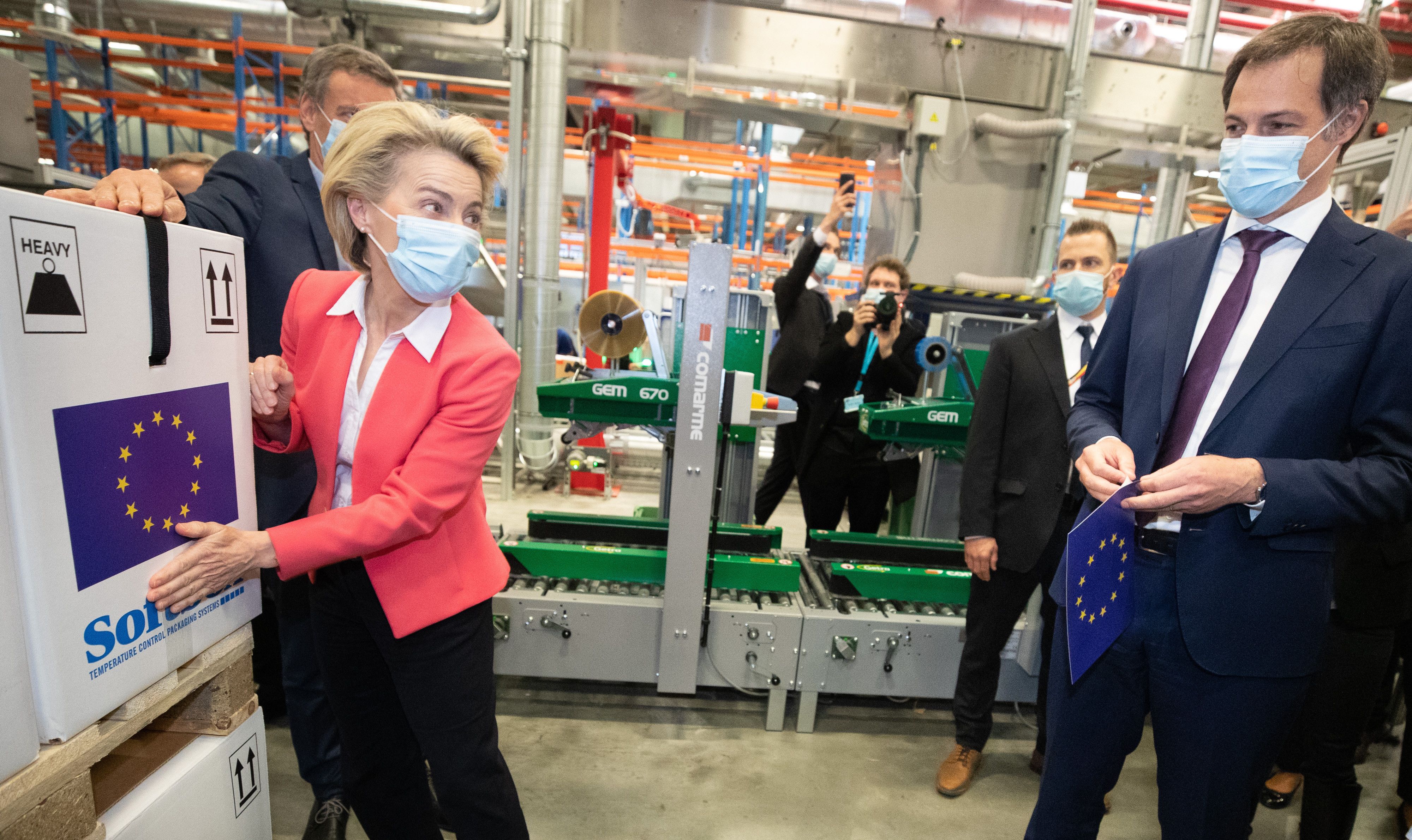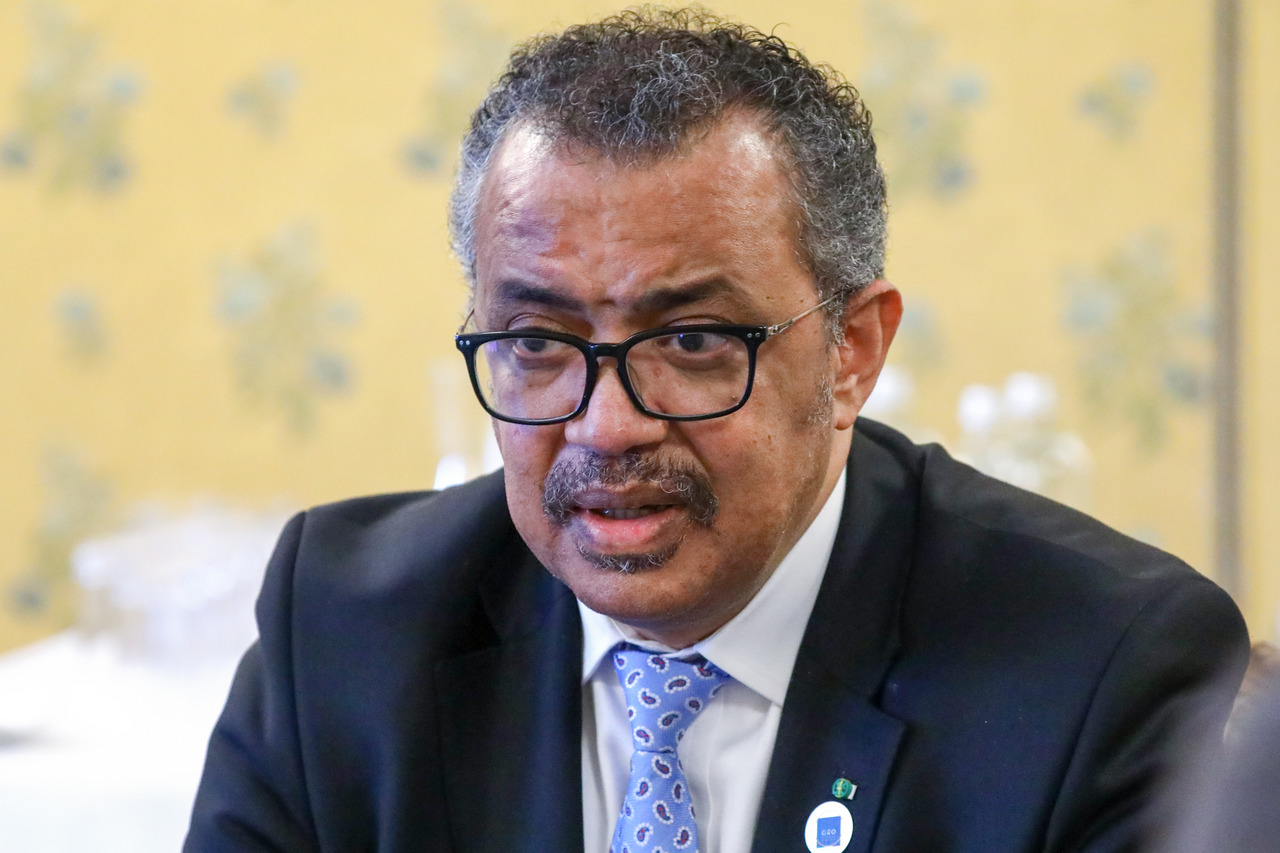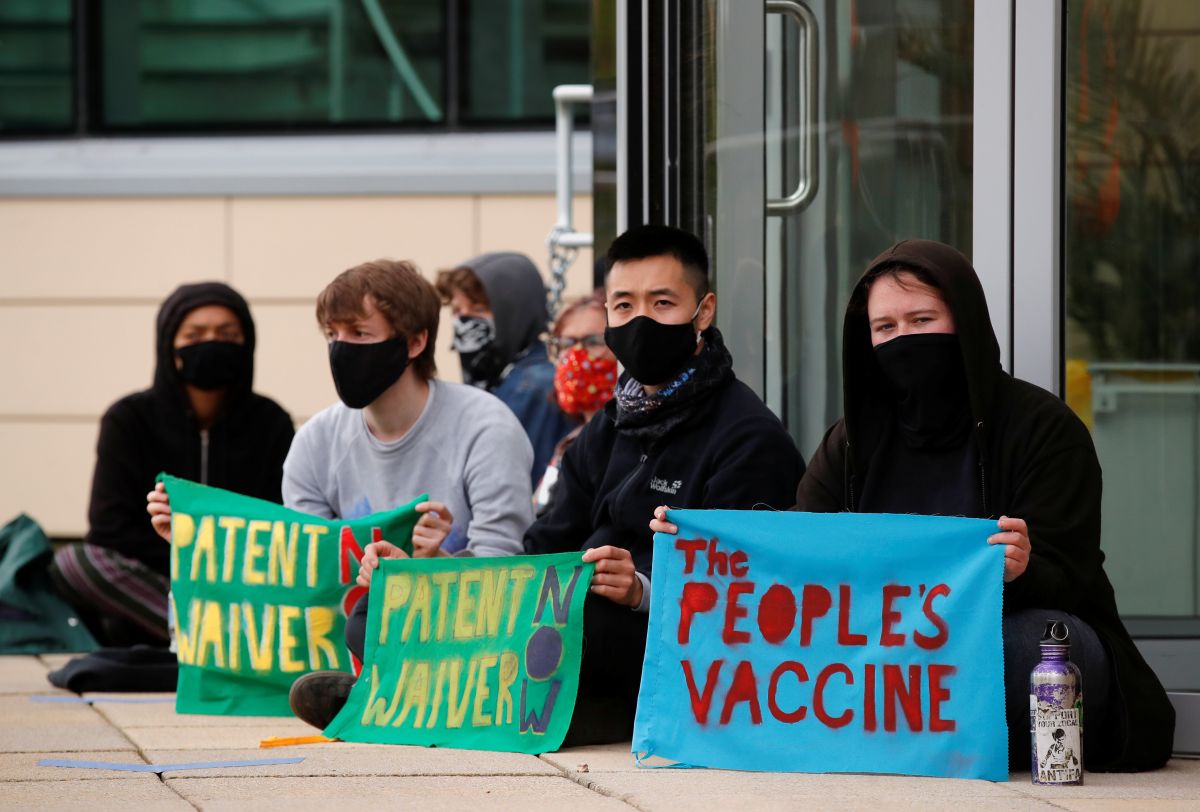Countries Seek Reforms of the International Public Health Governance System
To date, the results of efforts to improve the international community’s ability to prevent and respond to future pandemics show that countries do recognise the need to increase funding for these capabilities. However, they are much less unanimous about the scale and direction of changes to existing regulations in this sphere despite the fact that insufficiently precise responsibilities and lack of sanctions for not meeting them were the main reasons for the failure of efforts to contain the spread of COVID-19. Efforts to reform these regulations could be served by closer cooperation between the EU and the U.S.
_sm.jpg) Dil Toffolo / Zuma Press / Forum
Dil Toffolo / Zuma Press / Forum
In September, the Director General (DG) of the World Health Organization (WHO) said the end of the COVID-19 pandemic is near. However, most infectious disease experts say that due to, among others, a significant increase in tourism and international trade in recent years, the world is threatened with further serious health challenges. They point to the DG’s July declaration of the WHO’s highest level of alert—a public health emergency of international concern (PHEIC)—for the monkeypox outbreak, as an example. At the same time, the response of countries and the WHO to the COVID-19 pandemic has shown the low capacity of the global public health management system: WHO’s poor performance, vague and unsanctioned regulations for reporting information on threats, and wide disparities in countries’ access to new drugs and vaccines. This is why in recent months the international community has been trying to reform the system.
Major Initiatives
The main activities are two-tracked. The first one aims to improve the financing of the system. At the end of May, WHO members passed a gradual increase in their mandatory contributions so that by 2030-2031, they will cover 50% of the organisation’s budget (currently it is about 22%; the vast majority of contributions is voluntary and often earmarked only for a specific purpose). The new funds are expected to improve the efficiency of the organisation, which is still struggling with a lack of funds for its core activities (for this reason, for example, as late as mid-2022, epidemic prevention was handled by fewer than 10 people in the organisation). Thanks to U.S. and EU efforts, the Financial Intermediary Fund, under the aegis of the World Bank and coordinated by the WHO, was also established in June. It is intended to provide low- and middle-income countries with financing to build the basic capacity to prevent and respond to health threats. It became operational in early September and so far has $1.4 billion in donations from countries and NGOs.
The second group of activities seeks to change the current regulations. In January, the U.S. initiated discussions at WHO about reforming by 2024 the International Health Regulations (IHR) adopted in 2005 by the organisation and binding on all its members. It sought to address allegations that the WHO has been too lenient with China, which has been hiding information about the rate and scale of COVID-19 infections. The U.S. initiative calls for imposing very short deadlines (usually 24-48 hours) for countries and WHO to, among other things, assess the severity of a threat, address proposals for assistance or respond to requests for additional information. It also provides for, among other things, limiting WHO’s obligations to verify data obtained from non-governmental entities or to hold consultations with it before declaring a PHEIC with the affected state, for creating an intermediate state of alert other than a PHEIC, and for granting the directors of WHO’s six regional offices the right to declare states of alert of regional significance. In late February, meanwhile, negotiations began on the EU’s proposed instrument for preventing and responding to pandemics, which would also be in place by 2024. Talks so far indicate that most countries want the instrument to take a binding form of an anti-pandemic treaty. Its first draft, published in July, is much broader in scope than the IHR amendment proposed by the U.S.. In addition to monitoring and communicating threats, it takes into account technology transfer, coordination of medical supply chains, combating disinformation, minimising zoonotic threats (such as the so-called “wet markets” trafficking wildlife in Asia), among others. In addition to the two competing projects, it is also important to note the WHO’s creation in May of a 14-member Standing Committee on Health Emergency Prevention, Preparedness and Response to oversee the WHO’s emergency programme and advise the DG in the event of declaration of a PHEIC.
Challenges
The proposed reforms are a step in the right direction. However, while financial initiatives have been largely successful, attempts to change the regulatory environment face serious obstacles. The main problem is the divergent priorities of the main parties involved. The EU is pushing for an anti-pandemic treaty, while the U.S. is focused on an IHR change. Although they have repeatedly pledged to cooperate on reforms, their activities give the impression of being conducted without sufficient coordination, as evidenced by, among other things, the partially overlapping planned subject matter of the two regulations. Meanwhile, both initiatives have already met with resistance from some countries. Brazil, India, and Russia, for example, have spoken out against the treaty, preferring non-binding recommendations. Many African countries are also sceptical of it, which some experts interpret as an attempt to force developed countries to make simultaneous concessions on sharing medicines and vaccines with them. The amendment to the IHR has sparked even greater reserve, with a number of African countries, including South Africa, as well as China, India, Iran, Russia and others expressing concern that, if adopted, it would empower the WHO to interfere in their sovereignty under pressure from Western countries. The discussion of health issues is thus becoming a reflection of existing differences in perceptions of the international order.
Another challenge to successfully changing the regulatory environment is the strength of protest movements in democratic countries (including Australia, Canada, Germany, South Africa, and the U.S.) that grew out of groups contesting their country’s response to the COVID-19 pandemic. They see the negotiated solutions as a threat to democracy by granting wider powers to WHO, which is unaccountable directly to the citizens. They also promote conspiracy theories, such as one that the WHO constitution will gain primacy over national constitutions or that the WHO will be able to manage lockdowns in member states on its own. The activities of these movements may make it more difficult to gather the political majority needed to ratify a possible treaty by the national parliaments. This is evidenced by the fact that, although the text of the treaty has not even been adopted yet, in the UK 150,000 signatures have already been gathered in a petition against it, and in the U.S. it has been criticized by prominent Republican politicians, including Senators Marco Rubio and Ted Cruz. However, a similar problem affects the IHR as well—the reluctant states may reject the regulations even if amended and remain bound only by the current version (in the U.S., however, the decision could be made by the president himself, not the Senate, which is why the administration prefers the IHR).
Moreover, even if countries universally accept the negotiated commitments, there is no assurance that all will want to actually follow them, regardless of the form (treaty or IHR). In this regard, much depends on either convincing states of the need for cooperation or providing for effective sanctions; yet, both drafts only provide for the establishment of bodies to monitor compliance. Examples of institutions such as the UN Human Rights Council show that the latter is not always an effective mechanism.
Conclusions
Due to its generalness, the draft anti-pandemic treaty so far does not promise to efficiently counter new threats. The treaty must be made more specific and equipped with enforceable provisions, unless the IHR amendment, which provides for such solutions, is successful in parallel, then the treaty, which has much broader scope, could play a complementary and supportive role. For the time being, however, the partial overlap between the two projects suggests potential problems for the coherence and effectiveness of the entire international public health governance system. Therefore, it would be advisable to coordinate more closely between the U.S. and the EU in this area, and jointly seek solutions acceptable to the countries of the global South. The current situation indicates agreement mainly at the declarative level, with each partner prioritising its own initiative. In the face of increasing levels of disinformation, the challenge—especially for democratic countries, including Poland—will be to combat it and explain to the public the benefits of a more efficient health risk prevention system.





